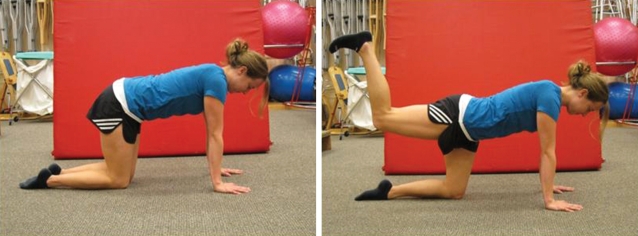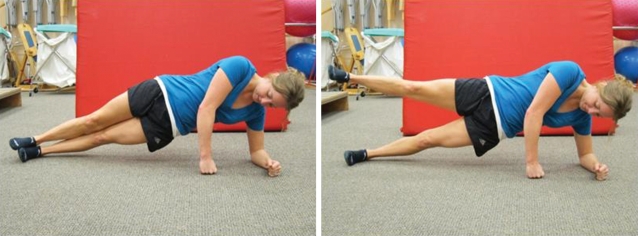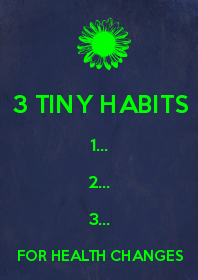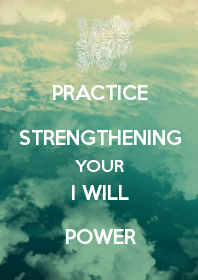Who doesn’t appreciate a nice butt? The buttocks, or gluteals is a group of 10 important muscles that allow us to stand and move. Less fat located anywhere on your body, not just the buttocks, is mostly due to two primary actions on your part—eating sensibly and being physically active However, aside from appearance, the gluteals affect your ability to walk, run, play sports, rise up from a chair and stand on one leg. In particular, the showy gluteal muscles are at the core of movements of the hip joint. The gluteals play an important role in maintaining a level pelvis, extend and externally rotate the femur, and prevent the legs from rolling inward.
The gluteus maximus, taking up a big portion of the shape of the buttocks, and the gluteal medius, located more laterally on the outside of the thigh, are muscles worth strengthening. You are less likely to suffer from tibial stress fractures, low back pain, iliotibial band syndrome, anterior cruciate ligament injury, knee problems and leg-related strains and pulls if you have proper alignment of the pelvis and femur. Unfortunately, it usually involves an injury that sends you to a physical therapist for rehabilitation where you learn the best exercises to improve gluteal strength.
Three top gluteus medius and gluteus maximus exercises used in rehab stood out in a study published in the International Journal of Sports Physical Therapy. In rank from the highest maximum voluntary isometric contraction value to lowest, these exercises were front plank with hip extension (106 percent), a single leg squat, (71 percent) and a side plank with hip abduction (73 percent). All of these exercises require no or minimal props, and can be done at home as part of your routine.
Front plank with hip extension: Start on elbows in plank with trunk, hips and knees in neutral alignment. Lift one leg off ground, flexing the knee, and extend your hip past neutral hip alignment by bringing the heel toward the ceiling for one beat and then return to parallel for one beat. ( Photo 1 )
( Photo 1 )
Single leg squat: Stand on one leg and slowly lower buttocks to touch a chair 18 inches in height for two beats and then extend back to standing for two beats. ( Photo 2 )
Side plank with hip abduction: Start in a side plank position, keeping shoulders, hips, knees and ankles in line, then rise up to plank position with hips lifted off the ground. While balancing on elbows and feet, raise your top leg up (abduction) for one beat. Maintain plank position throughout all reps.
Side plank with hip abduction: Start in a side plank position, keeping shoulders, hips, knees and ankles in line, then rise up to plank position with hips lifted off the ground. While balancing on elbows and feet, raise your top leg up (abduction) for one beat. Maintain plank position throughout all reps. ( Photo 3 )
Photos used with permission from the International Journal of Sports Physical Therapy
Aim for 10-12 repetitions for all three exercises.
Connie Aronson is an American College of Sports Medicine fitness specialist. Visit her at www.conniearonson.com
Published in the Idaho Mountain Express Friday March 1, 2013
















